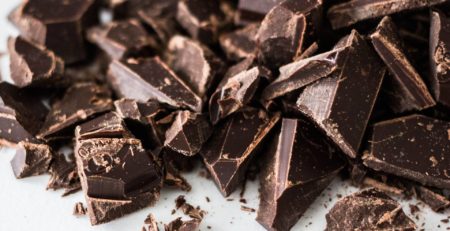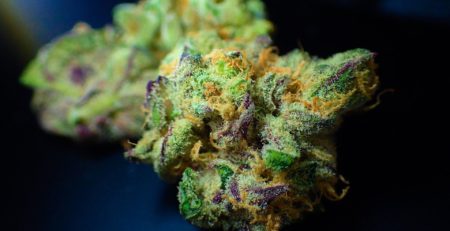Demystifying Cannabis: Understanding the Differences Between Sativa and Indica
Understanding the Differences Between Sativa and Indica
In the world of cannabis, two main types of plants have captivated the attention of enthusiasts and researchers alike: Sativa and Indica. These two distinct species of the cannabis plant have unique characteristics that contribute to the diverse effects experienced by users. Understanding the differences between sativa and indica can empower individuals to make informed choices about their cannabis consumption.
Origins and Physical Characteristics
Sativa and indica have their roots in different geographical regions, and their physical characteristics reflect these origins. Sativa plants are native to warmer climates, typically found in areas near the equator. These plants tend to be taller, with thin leaves and a more open, airy structure. On the other hand, indica plants originate from colder, mountainous regions. They are shorter and bushier with broader leaves, designed to withstand harsher environmental conditions.
Effect on Mind and Body
One of the most notable differences between sativa and indica strains lies in the effects they produce. Sativa strains are often associated with uplifting and energizing effects. Users report feeling more creative, focused, and motivated after consuming sativa strains. These strains are preferred for daytime use when individuals want to remain active and engaged without feeling overly sedated.
Indica strains, on the other hand, are renowned for their relaxing and calming effects. They tend to induce a more sedative and body-centered experience, making them popular choices for evening or nighttime use. Indica strains are often sought after for their potential to alleviate stress, anxiety, and insomnia, providing users with a tranquil and restful experience.
Cannabinoid and Terpene Profiles
The differences in effects between sativa and indica strains can be attributed to variations in their cannabinoid and terpene profiles. Cannabinoids are chemical compounds found in the cannabis plant, with THC (tetrahydrocannabinol) and CBD (cannabidiol) being the most well-known. Sativa strains typically have higher THC to CBD ratios, contributing to their stimulating effects. Indica strains, on the other hand, may have more balanced or even higher levels of CBD, which can counteract the psychoactive effects of THC, resulting in a more calming experience.
Terpenes, aromatic compounds found in cannabis and other plants, also play a crucial role in determining the unique characteristics of sativa and indica strains. Sativa strains often contain terpenes like limonene and pinene, which are associated with uplifting and energetic effects. Indica strains, on the other hand, may contain myrcene, a terpene known for its relaxing properties. The interplay between cannabinoids and terpenes creates the diverse spectrum of effects observed in different cannabis strains.
Medical Applications
Understanding the differences between sativa and indica is not only important for recreational users but also for those seeking therapeutic benefits. Sativa strains are frequently recommended for conditions such as depression, fatigue, and attention disorders, where an energizing effect is desired. Indica strains, with their relaxing properties, are often suggested for managing chronic pain, insomnia, and anxiety.
Hybrids and Individual Variability
It’s important to note that the cannabis market is filled with hybrid strains, which are crossbreeds between sativa and indica plants. These hybrids aim to combine the best of both worlds, offering a more balanced experience that suits a broader range of preferences. Additionally, individual variability in response to cannabis means that not everyone will have the same experience with a particular strain. Factors such as tolerance, sensitivity, and individual body chemistry can influence how someone responds to sativa or indica strains.
In conclusion, the differences between sativa and indica extend beyond mere botanical distinctions. These two varieties of the cannabis plant have unique effects on the mind and body, driven by variations in their cannabinoid and terpene profiles. Whether seeking recreational enjoyment or therapeutic relief, understanding the characteristics of sativa and indica strains empowers users to make informed decisions about their cannabis consumption. As the cannabis industry continues to evolve, an appreciation for the nuances between these two varieties will contribute to a more nuanced and personalized approach to cannabis use.
Click here to shop our collection of sativa and indica strains!









